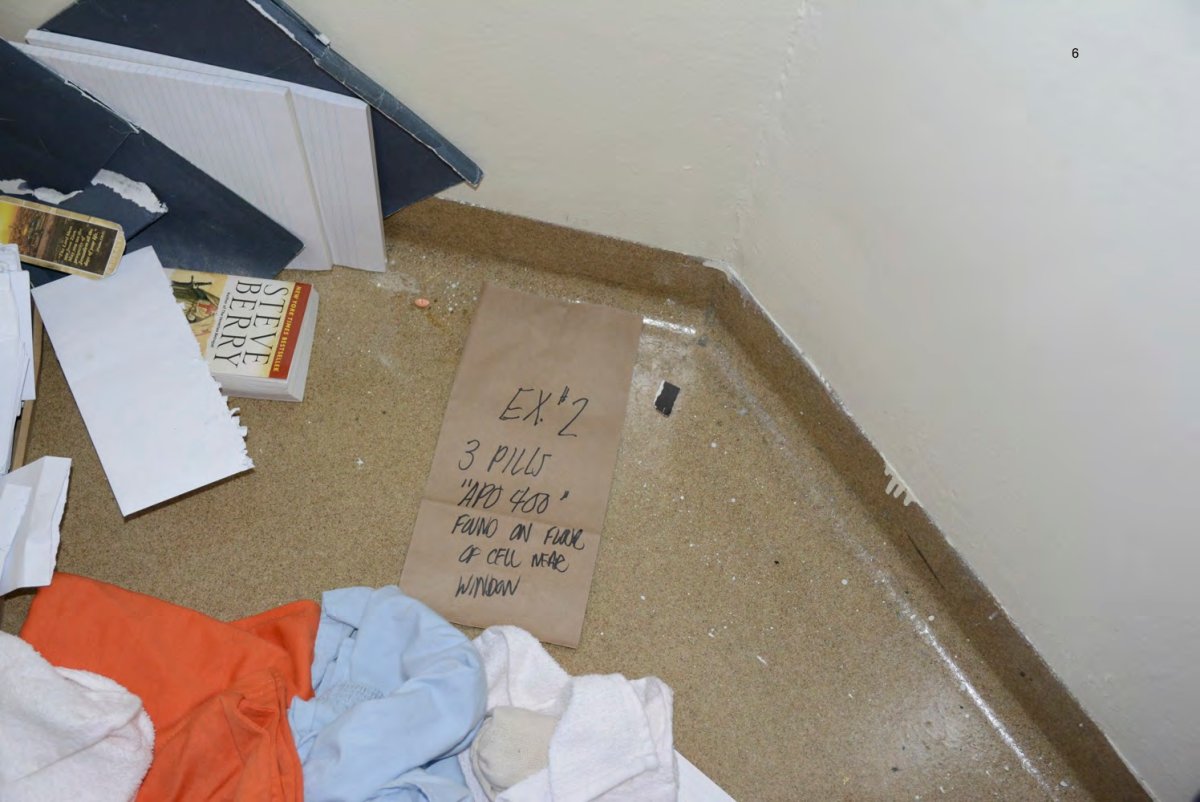On Feb. 15, 2015, there was “a great deal of hostility,” at the Barton Street jail according to former correctional officer Chris Pedlar and it was directed at him.

He testified before a coroner’s inquest into eight inmate deaths, on Monday, as part of the evidence related to the case of Stephen Neeson.
Around the time of his death, Pedlar explained the jail was in lockdown. Inmates had been restricted to their cells for more than four days straight. This caused boredom, Pedlar testified, and high anxiety on unit 5C, where Neeson’s cell was located.
Pedlar told the inquest at the time he was thinking to himself, “I just want to get these guys unlocked before they riot on me.”
The lockdown had been issued because a pair of nail clippers were missing, he said. Correctional staff were in protective gear searching the institution. Inmates on unit 5C, he notes, became aware that other units in the jail were no longer in lockdown and became increasingly agitated.
“It was not a normal day,” he explained. By the morning of Feb. 15, he told the jury that he had to open the meal hatch on each cell door in the hopes of letting fresh air into what had become a stagnant environment. Inmates were working out to pass the time, he said, and many of the toilets had become plugged with feces.
- Honda expected to announce Ontario EV battery plant, part of a $15B investment
- Trudeau says ‘good luck’ to Saskatchewan premier in carbon price spat
- Canadians more likely to eat food past best-before date. What are the risks?
- Hundreds mourn 16-year-old Halifax homicide victim: ‘The youth are feeling it’
According to an agreed statement of facts by 9:30 a.m., the lockdown was lifting. Inmates who worked as cleaners had been released to perform their duties but it wasn’t long before they were told to return to their cells.
“I heard one of the inmates say, ‘He’s not waking up, he’s not moving,'” Pedlar told the jury.”That’s a CO’s worst nightmare.”
Kari Antilla, a sergeant who responded to the “code white,” gave testimony, on Monday, that he found Neeson laying on his mattress, on his back with hands folded. He looked like a normal person sleeping, he said. But upon further inspection rigor mortis became apparent.
The agreed statement of facts regarding Neeson makes note of “fishing” activity happening between cells on Feb. 14, 2015. It also lists medication as being administered by a nurse several times at his cell that day.
The inquest heard from Pedlar that there was a “great deal” of drug hoarding happening at the jail.
During the lockdown Pedlar said he would accompany a nurse who would put medication through the meal hatch. From there, they would watch to see if medication being taken through a small window.
Outside of the inquest, Wade Poziomka, representing the Prisoners HIV/AIDS Support Action Network (PASAN) expressed concern.
As a point of clarification Poziomka, adds, his remarks are not in relation to any of the witnesses before this inquest or the deaths being examined but rather an acknowledgement that when policies aren’t followed, there is the potential for “dangerous consequences,” as a result.
A search of Neeson’s cell after his death led to the discovery of four pills that nursing staff identified as his medication, the inquest heard.
Toxicology shows a number of drugs in his system. Although individually, the reports determined they are not at “toxic” levels, together, Dr. John Fernandes testified, they could have depressive effects on the respiratory system.
“We’re here ultimately making an argument to have a jury come back with recommendations that will hopefully make some changes to policies when the policies themselves aren’t being followed,” said Poziomka. “So I wonder sometimes if we’re wasting our time or not.”








Comments